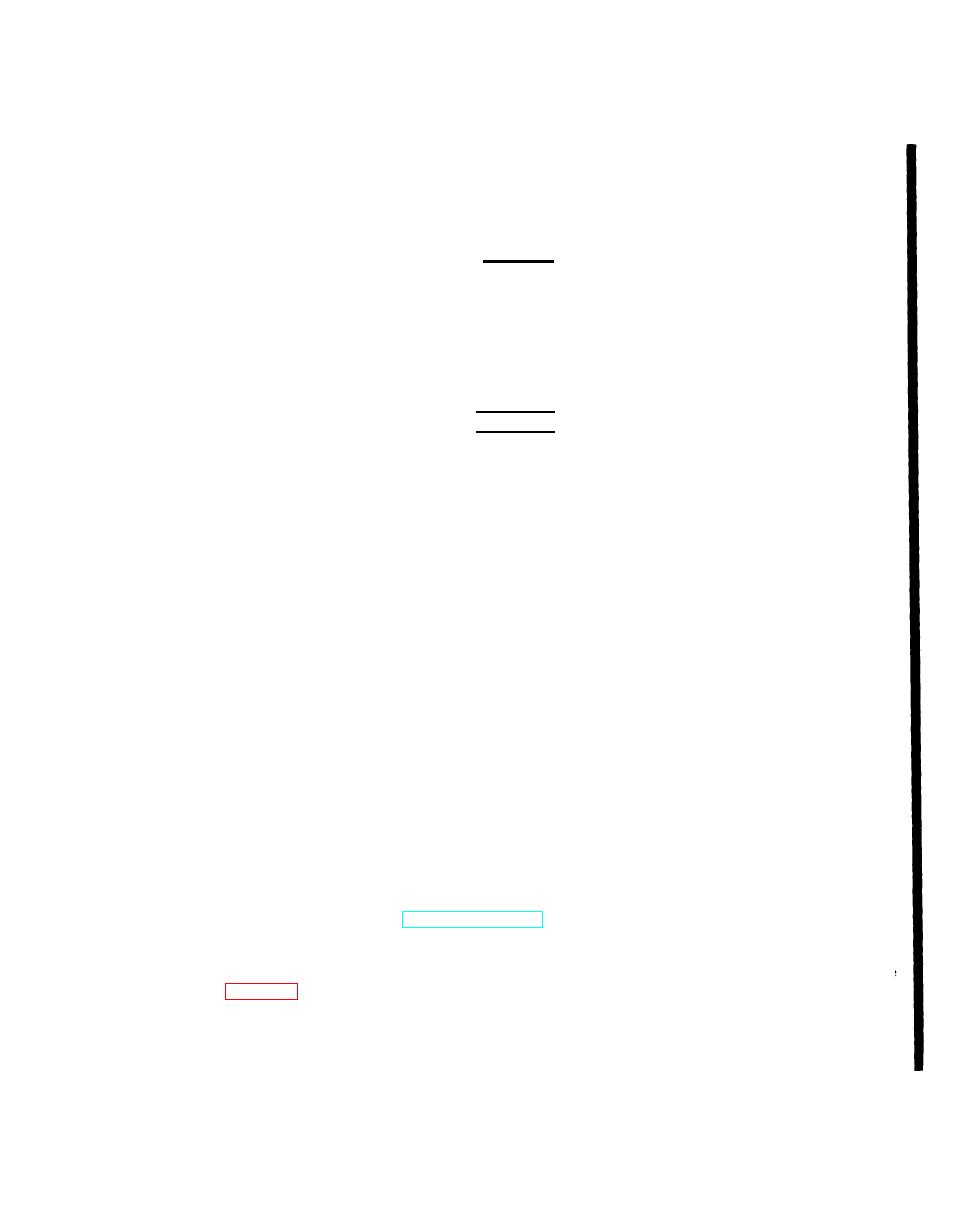 |
|||
|
|
|||
|
Page Title:
Fuel system extended storage. |
|
||
| ||||||||||
|
|
 TM 9-2320-279-20-1
Preparation for Storage or Shipment (Cont)
(c) Run the engine for approximately five minutes at 1500 rpm with the
transmission in neutral (N).
(d) Drive the vehicle. Make sure the transmission shifts thru all ranges.
(e) Continue running the engine at 1500 rpm with the transmission in neutral until normal
operating temperature is reached.
CAUTION
Do not allow transmission oil temperature to exceed 225F (107C) or damage to
transmission may result.
(f) If normal operating temperature is less than 225F (107C) shift the
transmission to forward range and stall the converter. Do not exceed 225F
(107C). Idle engine for approximately five minutes with transmission in
neutral (N).
WARNING
Ensure transmission is cool before proceeding. Failure to comply may result in injury to
personnel.
(g) As soon as transmission is cool enough to touch, seal all openings and the
breather with moisture-proof tape.
petrolatum (MIL-C-11796, Class 2).
(i) If additional storage time is required, repeat steps (b) thru (h) at yearly
intervals; except, it is not necessary to drain the transmission each year. Just
add VCI-329 (MIL-P-46002) or equivalent vapor corrosion inhibitor and
Biobor JF (MIL-S-53021) or equivalent as a fungus inhibitor.
(9)
Fuel system extended storage.
(a) Drain fuel tank.
(b) Change all fuel filters.
(c) Ensure the fuel tank contains at least 20 gallons (75.7L) of treated fuel. The fuel
should be treated with Biobor JF (MIL-S-53021) or equivalent. The addition of
3 teaspoons of Biobor to 20 gallons of fuel will provide adequate protection
against fungus growth. When storing a vehicle in freezing conditions, the
addition of 3 ounces (88.7 ml) of isopropyl alcohol (MIL-A-10-428) to 20 gallons
of diesel fuel will help prevent fuel line freeze up.
(d) Run engine 5 minutes to circulate clean treated fuel throughout the fuel system.
(e) All fuel that is added to the vehicle during storage must be treated. While in
storage, there must always be at least 20 gallons (75.7L) of treated fuel in the
vehicle's fuel tank.
(f) Cap off fuel system.
(10)
Engine extended storage.
(MIL-L-21260C, Grade 2).
(b) Seal off turbocharger inlet and outlet connections with moisture resistant tape.
(11)
Battery extended storage (more than 30 days with no charging). Remove batteries from vehicle
(12)
Check the coolant level. Test the coolant to ensure that the cooling system is protected against
corrosion and temperatures down to -30F (-34C). Add antifreeze or corrosion inhibitors
compatible with ethylene glycol base antifreeze if cooling system is not adequately protected
(TB 750-651).
2-345
Change 3
|
|
Privacy Statement - Press Release - Copyright Information. - Contact Us |